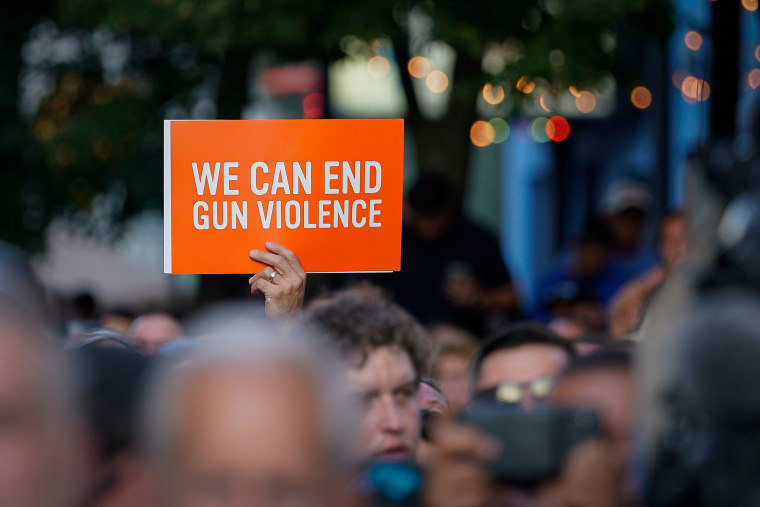WASHINGTON — Two-thirds of the people who committed mass attacks in the U.S. during 2019 exhibited behavior that concerned others, and nearly half used guns they possessed illegally, the Secret Service said in a report issued Thursday.
The agency's National Threat Assessment Center examined 34 mass attacks last year, defined as incidents that harmed three or more people besides the attacker. A total of 108 people were killed and 178 were hurt.
"Most of the attackers had exhibited behavior that elicited concern in family members, friends, neighbors, classmates, co-workers and others," the report said. "And in many cases, those individuals feared for the safety of themselves or others."
Recognizing the warning signs can be an important tool in preventing attacks, because properly trained community members "can intervene and redirect troubling behavior before violence occurs," said Lina Alathari, chief of the Threat Assessment Center.
Two-thirds of the attackers had communicated prior threatening or concerning messages.
Investigators found that Connor Stephen Betts, the 24-year-old who fatally shot nine people and wounded 17 others in Dayton, Ohio, last August, harassed female students in middle and high school, made a rape hit list in high school, told others he had attempted suicide and showed video of a mass shooting to his girlfriend.
Nearly half the attackers had a history of violence, and 13 of them committed previous acts of domestic violence.
For example, 45-year-old Gary Martin, who killed five workers at a suburban Chicago manufacturing company in February after he was fired, was the subject of a protective order sought by his ex-girlfriend. Although she complained of stalking, he continued to harass her. And he assaulted another ex-girlfriend, police said.
The fact that so many attackers had been domestic abusers should highlight for police "the importance of providing appropriate interventions in scenarios involving physical abuse directed at partners," the report said.
Most of the attacks were committed with firearms, and at least 10 involved guns that were possessed illegally, such as by minors or people with felony convictions or adverse mental health judgments. Nearly half the attackers had a history of drug abuse.
As for motives, the Secret Service found that in a third of the incidents, attackers were retaliating for perceived wrongs, including feuds with neighbors, ejection from a retail store, bullying or teasing, potential evictions and lack of job prospects. Seven incidents involved attackers motivated by extremist views. Nine of the attackers showed interest in past incidents of mass violence.
The Secret Service has published two similar reports on attacks in the previous two years. Last year, it found nearly all the people who carried out mass attacks had made threatening or concerning communications beforehand. And in each of the past three years, about one-fourth of the mass attackers subscribed to hateful or extremist views, said Steven Driscoll, one of the report's authors.

